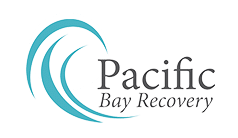There are various types of drug detox programs depending upon the drug or substance of use. These methods can be very effective if chosen for the right condition. In addition to the type of drug of abuse, other factors that play a role include the dose taken at the time the patient starts to detox, the duration of addiction, and if there is polysubstance abuse to determine the most appropriate type of detox. Some of the detox methods include “Cold-Turkey” detox, short-term medicated detox, long-term medicated detox, etc.
The “cold turkey” detox method entails stopping the use of all drugs with no pharmacologic assistance and with only medical care available for emergency situations. These patients experience the full brunt of the withdrawal symptoms with no help from supportive therapy. That makes it a feasible option for less intense addictions but for the rest, the cold turkey detox is not suitable and can be counterproductive, in fact dangerous.
Medical detox, on the other hand, is different because patients who opt for medical detox stop taking their substance of use but as they experience withdrawal symptoms, they are able to take certain medications for a limited period of time to ease discomfort. This is why this program is better tolerated and can handle slightly more intense forms of addictions. It is important to note that the medications administered/prescribed in this program are primarily for symptomatic relief, such as non-addictive sleep medication for insomnia or anxiety. The main idea is to minimize the degree of discomfort as these patients are detoxing.
If an alcoholic is undergoing medical detox, they are commonly given benzodiazepines to alleviate anxiety, jitteriness, insomnia, and to treat or prevent seizures, and they have a cross-tolerance with alcohol. However, in order to treat the use of opioid drugs such as heroin and prescription opioids, these medications have to be taken longer-term, especially partial agonists, such as methadone or the drug combination buprenorphine and naloxone (Suboxone). But over time, as the detox continues, they’ll often require lower doses of medication until they’re eventually drug-free.
It is important to make sure that first of all, the diagnosis is correctly made, and underlying medical conditions are addressed, then the right type of detox program is chosen. Regardless of the type of detox program chosen, it has to be done under the supervision of a medical professional.
Both these detox types can be carried out with the patient being at home, but it may not be the best option. The reasons for that are that it may not be entirely safe, given the risk of severe withdrawal symptoms or relapse with an overdose. It is also less effective given the higher chance of noncompliance. Overall, professional detox is safer, better tolerated, and more effective in the end. Choosing the right professional detox is key, however. And at Pacificbayrecovery.com, we provide highly professional, evidence-based care to these patients.

